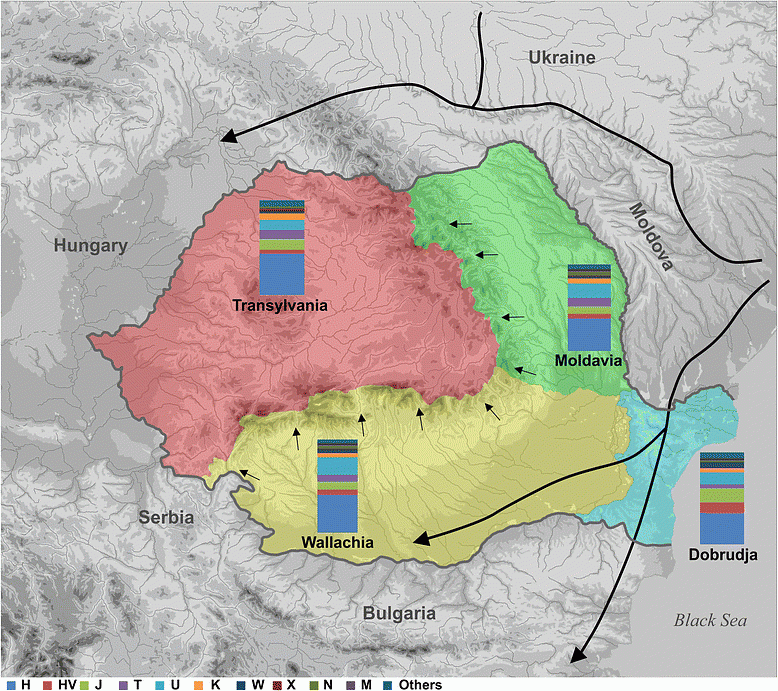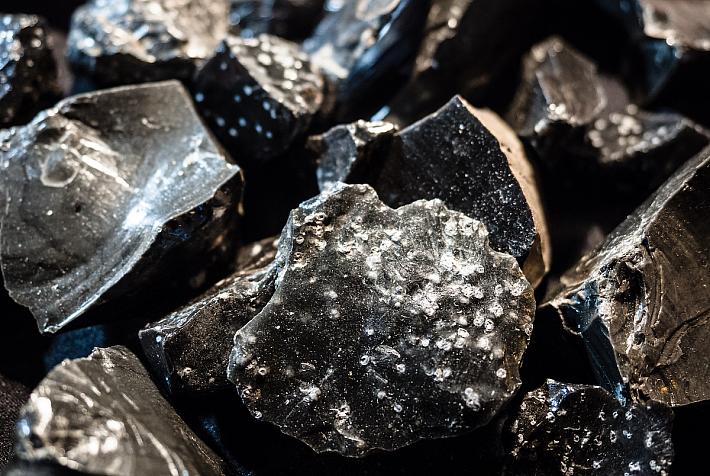DNA study shows Romanians are divided by genetic roots and affinities

A recent study that looked at the Mitochondrial DNA (mtDNA) of the population of the Romanian provinces showed that the Transylvania population was closely related to Central European groups, while the population of Wallachia, Moldavia, and Dobrudja (Dobrogea) had more similarities with the Balkan, Slav groups.
The researchers say the situation could be explained by the presence of the Carpathian Arch, which played an important role in migration patterns.
They also found signals of Asian maternal lineages in all Romanian historical provinces.
The researchers analyzed 714 samples to estimate genetic diversity in each of the four Romanian provinces. The study revealed a homogenous distribution of the majority of haplogroups among the Romanian provinces and a clear association with the European populations. A haplogroup is a genetic group of people who share a common ancestor.
“Our findings suggesting a closer affinity of Transylvania to central Europe are supported by the observed haplogroup frequency lines for several European and Asian maternal lineages and could be attributed to different migratory routes shaped by the Carpathian Arch,” the researchers say.
The geography of the Romanian territory, divided by the Carpathian mountains, influenced the genetic admixture between the population in Transylvania and neighboring ones. Additional migration and colonization events were added factors in the “close genetic resemblance of Transylvania and Central European populations.”
Three major migration routes were used since the Neolithic period to the Middle Ages. One route was to the Baltic region and the Northern Pontic steppe and, from there, going through the Trans-Carpathian passes in the present-day Ukrainian Carpathians, towards the Tisza plain and Transylvania.
The second route crossed Wallachia, Dobruja, and Moldavia, and was related to the lower Danube River basin and Black Sea, which connected the basins of the Prut, Dniester, and lower Danube to northern Europe, and the Balkan Peninsula.
The third route was through the passes of the Eastern and Southern Carpathians.
The study also identified “overlapping haplotypes between Moldavia-Wallachia and Moldavia-Transylvania, suggesting gene flow between these provinces.” The researchers say that the substantial workforce movement from Moldavia towards these two provinces throughout the communist period support their observations. At the same time, “the geographic proximity and recent population movement explain the common haplotypes observed in Dobrudja, Moldavia, and Wallachia.”
The study, published this year, is titled Genetic affinities among the historical provinces of Romania and Central Europe as revealed by an mtDNA analysis. It was funded with two grants of the Romanian National Authority for Scientific Research, CNCS-UEFISCDI, and by the Spanish Ministry of Science and Innovation, Basque Government to Research Groups, and the University of the Basque Country.
The study can be read here.
(Photo shows Migration Routes. Source: bmcgenet.biomedcentral.com )
editor@romania-insider.com











